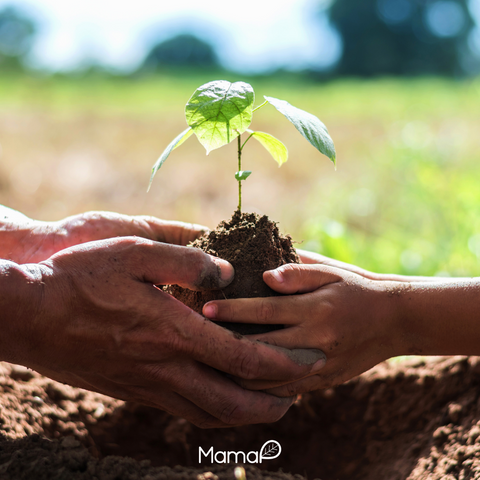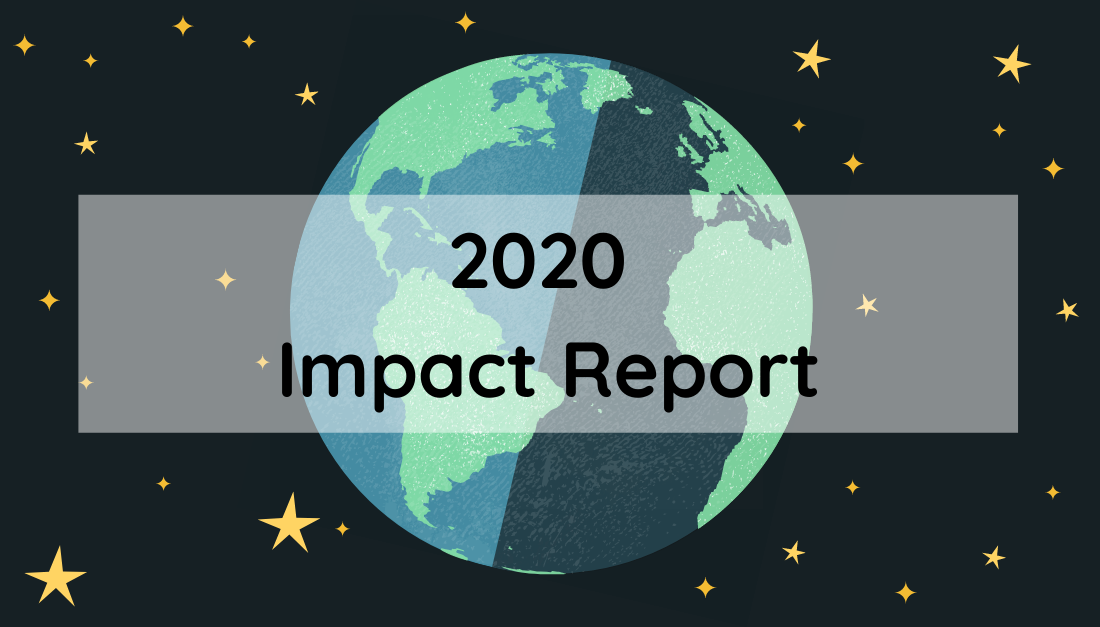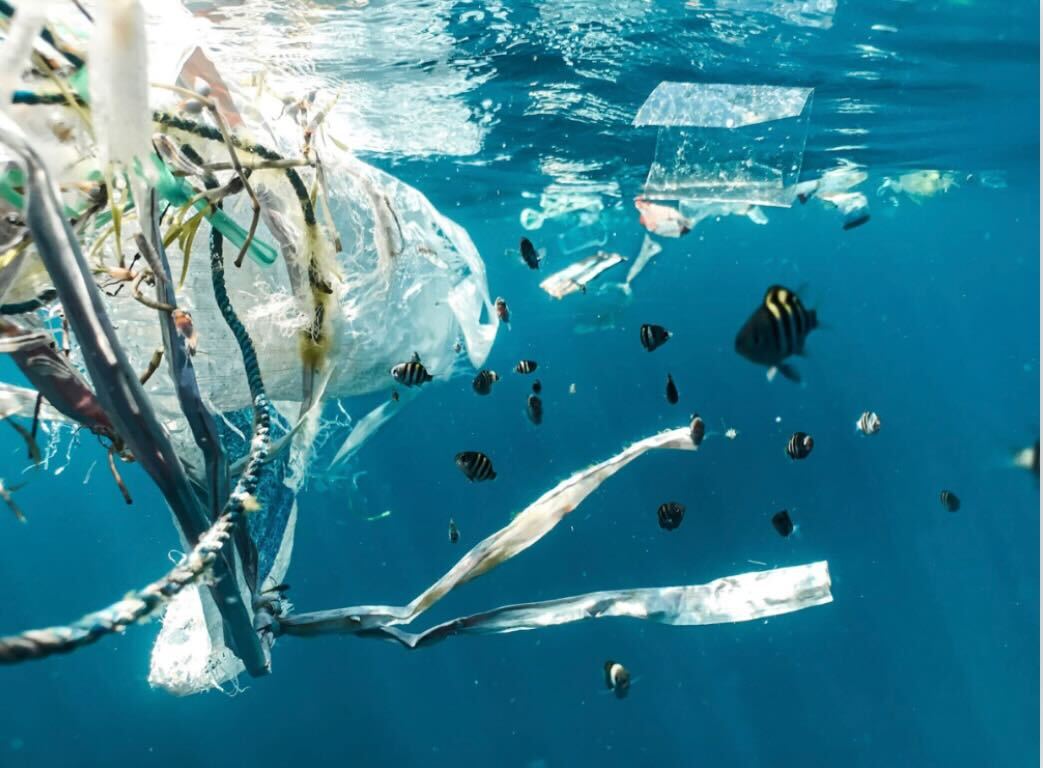
Recycling Plastic - Is It The Solution?
Plastic is as versatile as it is durable.
Those features also play a huge role in today's eco-conscious efforts to save the planet. When we talk about recycling plastic, we can break it down into 3 basic steps.

Collect and separate the recyclables from the non-recyclables.

Break down the items into smaller parts (chips)

Use those parts as raw material for the creation of new/different items.
Let’s explore what’s behind these processes, and what others have to say, both for and against them.
- Spoiler alert it makes sense. Not only as a process that has tangible results but as an idea that’s evolving. Having said that, we must always remember the 3 Rs of environmental awareness. Reduce. Reuse. Recycle.
There’s a reason “reduce” and “reuse” come before “recycle”.

Plastic is an important invention. It has helped us in countless ways. It is too ingrained into global economies for it to completely go away. The logical move would be to deal with that uncomfortable fact, systematically. Meaning, we find ways to “reduce” and “reuse” it, whilst developing processes to also “recycle” it. Slow and steady wins the race.
Let’s break it down

Not all plastics are the same. The types are categorized by numbers. Type 1 is Polyethylene Terephthalate (PET). Type 2 is High-Density Polyethylene (HDPE). Types 4,5, and 7 are far more complex structures. So far eco-conscious scientists have been able to optimize the recycling process for types 1 & 2. Some processes exist to recycle types 4, 5, and 7, but they need more time and effort, which brings the argument of cost-effectiveness to the table.
Here’s a short video that helps explain the process behind recycling most plastics.
Why is new plastic included using recycled plastic?

Laura Tenenbaum, a former Science Editor of NASA’s Global Climate Change website, explains:
“. . .the quality of recycled plastic is lower. Virgin plastic pellets are added to the recycled pellets to create the next new plastic thing. Due to contaminants, there’s a limit to how much recycled plastic is used in food-grade containers. To make new yogurt containers only part of the plastic comes from recycled plastic. The rest is new virgin plastic.
This means that there will always be more and more new virgin plastic mixed in with the recycling. And more and more plastic means only one thing: It means more plastic.”

Proponents of recycling should stick to the underlying message of sustainability. Recycling isn't the solution to the question of “how are we going to save the planet”, but it’s part of it.
There are drawbacks to any activity, nothing comes for free. Metal bottles, for example, need special minerals that aren’t always mined ethically.
The benefits of reducing the use of personal plastics (straws, cutlery, cups, etc... ) aren’t quantitative, they’re qualitative. They work on the individual, by helping to put oneself in the correct mind frame. We’ve seen similar examples in different realms.
Take this example, you want to lose weight. You write plans that detail how you'd like to respond in different scenarios. You might write down: “at lunch when the waiter asks if we want any desserts, I will order tea”. Writing it down and going over it in your brain, has a similar effect to a hyperlink. It’s like installing an algorithm that helps you respond in a desired manner. The plan puts your desire to lose weight at the forefront of your attention. If it’s in front of us we assume it’s important and deal with it.
The same goes for cutting back on using single-use plastic. By writing an intention plan, you can start changing your behavior over time. The simple act of bringing these thoughts to your mind allows them to change in future decisions.

Is recycled plastic recyclable? If so, are there specific plastics that can or cannot?
- Most recycled plastics are down-cycled into synthetic fibers. At first glance, this seems like an upgrade. That is until you try and remember where the coat you bought 5 years ago, is right now.
- Plastic items that can be recycled, like hard bottle caps, only ever add one more life cycle until it is unusable.
- The plastics that hold a longer recycled life span, usually end up as plastic lumber.
Is there a future for recycling plastic? Any innovations?
Future innovations will have to work on 1. Energy efficiency, 2. Sorting, and 3. Viability of the recycled products at home. A large part of plastic waste comes from shipping garbage to the other side of the world because it looks “icky”.
A different question would be, where would our efforts show a larger return of investment? The answer to that is bioplastics. It makes sense to promote the lumber industry to plant more trees. But the reality is plastic is too malleable and durable for wood to be able to compete in all facets.
At the moment no bioplastic is completely sustainable. But scientists are working hard every day to find cleaner solutions. Bioplastics will continue to innovate and adopt sustainable processes.

Why should we try to use recycled plastic items?
Our current technological limitations prevent us from going cold turkey. It doesn’t mean we don't stand to gain a lot from a paradigm switch. Moving away from virgin plastics is a gradual process that needs the collaboration of entire generations.
Every fire starts with a spark right?
Critics like to point at the lack of regional infrastructure when looking to dismiss recycling initiatives. The fact is when you recycle, you help fund an eco-conscious economy. By subsidizing recycling initiatives, we tell the free market there are dollars left on the table.
Currently, the consumer holds more power than ever before. We can organize and target good ideas. We can audit processes. The recycling aspect has been front and center for a long time. Many of us have forgotten about the other two Rs that preceded it. And by all accounts hold more potential for change.
If there’s something we can all agree on, it’s that we are too dependent on fossil fuels. We should try to steer away from that model, when possible.

Landfills are not a sustainable option if we’re looking down the road. Polymers, both natural and synthetic, need natural elements exposure to help them decompose.
Burning them for energy might be a way to go if we can find a way to filter pollutants from the exhaust.
When dealing with something as lasting and versatile as plastic, you’re bound to encounter obstacles. Plastic has been a huge driver of the world economy and has raised the quality of life of billions. It's not only our bottles or straws, it's also the plastic wrapping that keeps a syringe sterile. It’s true we still haven't ironed out all the kinks. But the main driver behind this force is still clear; the future is brightest when we watch our step.

To Sum Things Up:
- FOCUS ON REDUCING: Plastic is not going anywhere, therefore it is important to be intentional about our use of plastic.
- Minimize single-use plastic
- Try reducing plastic by switching to natural, like a bamboo toothbrush
- Use recycled plastic when possible.
- Be intentional with your use of plastic, think before you buy. Is there a non-plastic alternative to this?
- DON’T FORGET ABOUT REUSING: Similar to avoiding single-use plastic, it’s important to find ways to reuse plastic items, instead of simply discarding them when finished. For example, if you are buying something that you’ll only need for a short time, consider buying it used. Also, consider re-selling/giving it to someone who may need it when you’re finished.
By becoming conscious plastic consumers, we can cut back on unnecessary plastic use, and focus on using plastic (recycled when possible) with intention and purpose.




Leave a comment
This site is protected by hCaptcha and the hCaptcha Privacy Policy and Terms of Service apply.